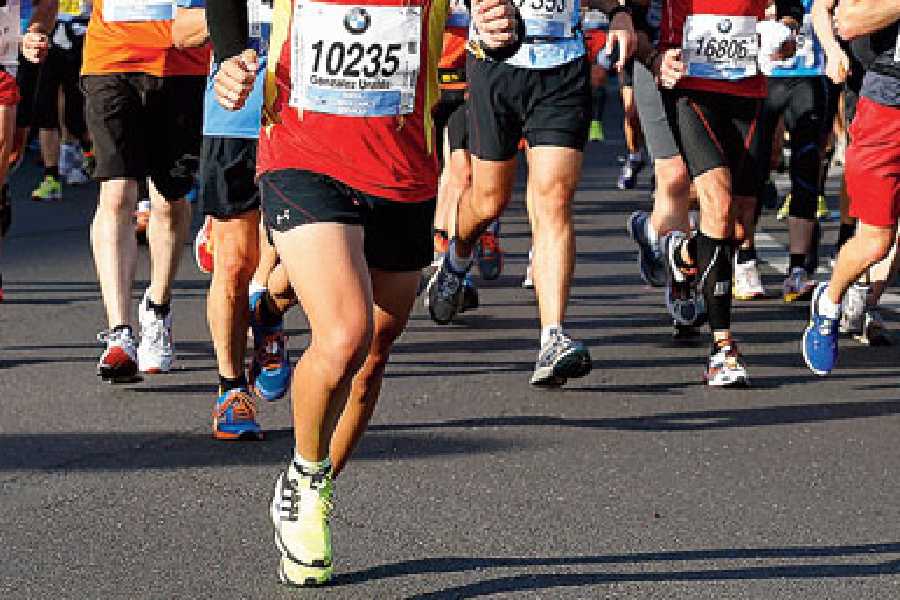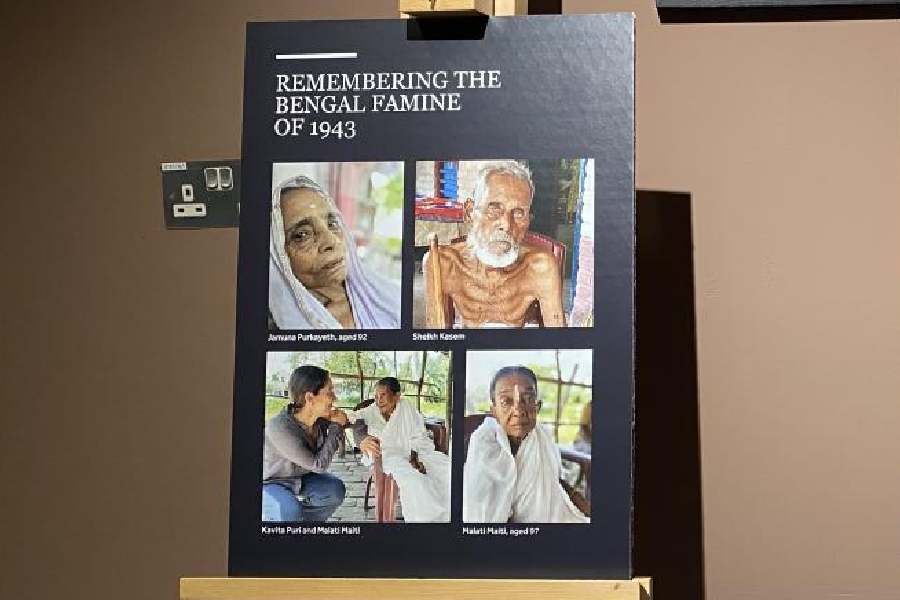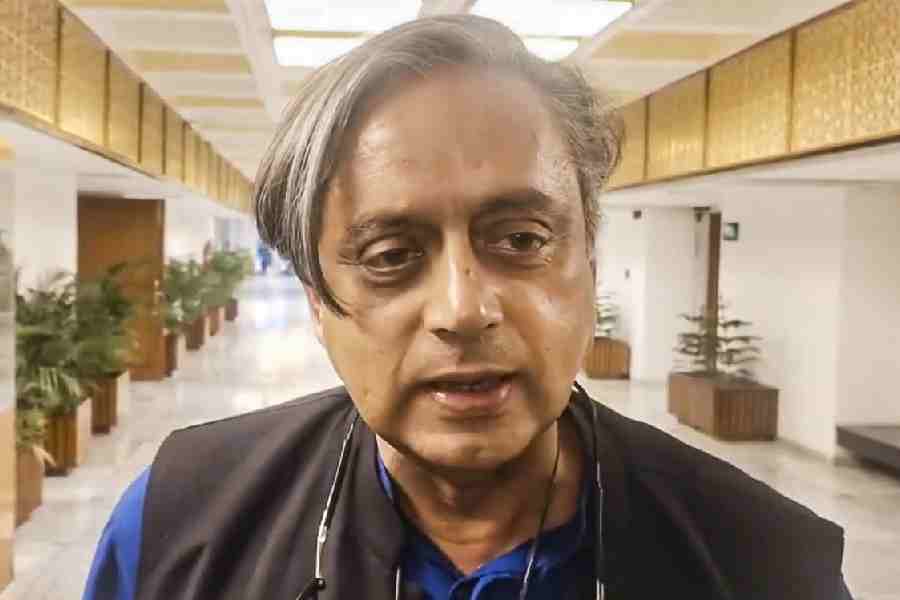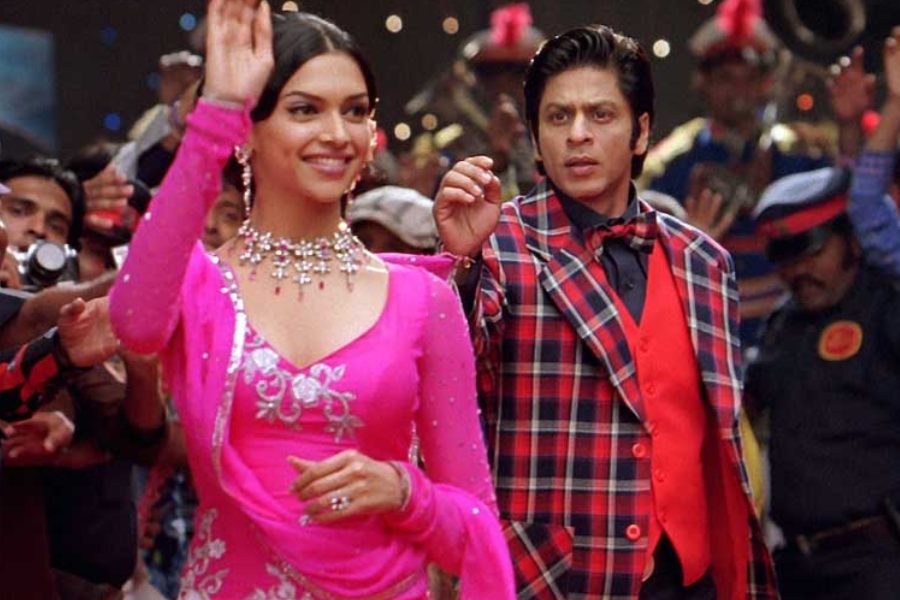 |
Priyanka Saha (name changed), 20, had never been to a doctor. Yet the student from Malda came to Calcutta with her parents to visit a plastic surgeon in Salt Lake. The Sahas got their daughter admitted to a private hospital on the Eastern Metropolitan Bypass and spent more than Rs 2 lakh for her “treatment”.
No, Saha was not suffering from any illness. All she had was a burning desire to get bigger breasts than her natural 30-inch bust size. So a senior plastic surgeon worked on her for more than an hour under general anaesthesia and gave her what she wanted — an ego-boosting breast augmentation.
When, after a month of acclimatisation with her 36-inch bust size, Saha started to attend college, she felt transformed. The girl, who earlier sat in a corner of her class avoiding eye contact with boys, suddenly turned into a confident person. She took to visiting the college canteen frequently as well —something she used to avoid before.
“The surgeon did wonders not only for her figure but for her whole personality,” says Sohini Dam, a close friend of Saha.
It’s one of the best kept secrets of small town Bengal. In places where treatment for life threatening diseases is often next to non-existent, girls are coercing their parents to spend lakhs of rupees to try and become “better” looking. And sometimes, the parents need no coaxing either. They are as convinced as their daughters that no price is too much to pay in order to get them to look attractive.
Plastic surgeons too confirm the trend. “I get patients from remote villages like Dhanekhali in Hooghly district, who come with their parents to get the defects in their looks corrected. Once a girl in her early twenties came with her retired father who spent his life’s savings to get his daughter’s nose corrected,” says veteran Calcutta-based plastic surgeon Dr Aniruddha Bose.
Dr Bose adds that he gets patients from such districts in Bengal as Nadia, Midnapore, Hooghly and Murshidabad. “The desperation to look good is evident among small town people too,” he says.
The reasons for this are simple. For some, resorting to plastic surgery to get physical “flaws” corrected is merely a passport to the marriage market. For others it’s simply a matter of becoming more attractive to the opposite sex or improving their chances in the job market.
Take 23-year-old Saheli Mahapatra (name changed on request) from Krishnanagar in Nadia district. The only daughter of a government college professor, Mahapatra went into a state of depression owing to the perceived smallness of her breasts.
She nagged her parents about it every day until her father finally took her to Dr Bose. “The father was so disgusted that he asked me to give her whatever breast size she wanted so as to put an end to the domestic trouble,” says Dr Bose. Mahapatra went back happy with her augmented breasts.
Or consider the case of Sumilita Biswas (name changed), a 34-year-old divorcee with an eight-year-old son, from Raiganj in South Dinajpur. She came to Dr Bose’s chamber last year to enquire about breast reduction. “There was no pressing need to reduce her breast size as it was not causing any problem as such, but she insisted on it,” he adds.
Clearly, women like Biswas or Mahapatra are not alone. Wizderm Speciality Skin and Hair Clinic at Mani Square, Calcutta — that caters to patients requiring both clinical and aesthetic dermatology — gets innumerable clients who come to get their looks enhanced for marriage. And many of them are from small towns and districts. “Most of our patients come from districts like Howrah and Hooghly. Many of them come for acne and burn scar removal, and to get an even skin tone. Sixty to 70 per cent of them come after getting rejected by prospective grooms,” says Arpita Dey, clinic head, Wizderm Clinic.
It is, of course, widely accepted that good looking people have an edge over those who are less fortunate in the looks department when it comes to landing jobs or partners or both.
Psychiatrist Rima Mukherjee maintains that even for small town people the proposition has become a truism of sorts. “So only intelligence is not considered enough. A combination of brains and good looks can be a winning formula, be it in the marriage or the job market,” she says.
Of course, the urban affluent has been opting for cosmetic surgery — rhinoplasty or breast augmentation or even reduction — for many years. What is remarkable is that the trend has now percolated to lower middle-class families as well. So they are marshalling their resources to buy surgeries to make their daughters look more “personable”.
“Till a few years ago middle or lower middle-class families wouldn’t dream of going for such drastic measures. But now barriers are breaking down and I get lower middle-class patients from small towns and districts,” reveals maxillofacial surgeon Dr Rajarshi Banerjee.
In Calcutta proper, the demand for cosmetic surgeries — whether for marriage or to enhance one’s “saleability” in general — continues apace. Jhilmil Basu (name changed) from Calcutta’s Palm Avenue was unaware of her gummy smile until she got rejected by prospective grooms several times. That’s when she and her family decided to take recourse to cosmetic surgery to get her smile fixed.
“Fed up with being rejected repeatedly, the 24-year-old came to me. I fixed her gums and now she is happily married,” recalls Dr Banerjee.
But such instances were completely unheard of in small towns even a few years ago. No longer. Even those with meagre means think it’s money well spent if the daughter can be made to look more attractive and presentable.
“This is primarily because of beauty being turned into a commodity. It has a tremendous impact on small town girls who, in order to acquire social mobility, are keen on attaining not only certain skills or education but perfect looks too. Even though ‘good looks’ is not related to marriage or getting a good job, they are fast becoming a marker of social status, acceptability and mobility,” says professor Suparna Gooptu, social historian and gender expert at the University of Calcutta.
Dr Bose points to another case he handled a couple of years ago. A retired schoolteacher came to him with his 21-year-old daughter to get a rhinoplasty done. He spent virtually all his savings so his daughter’s broad, flat nose could be refashioned into a chiselled, well-shaped one.
“The diffidence that was there in her vanished after the rhinoplasty. She became confident and landed a good job subsequently,” reveals Bose.
Clearly, just like the sale of fairness creams, small towns are giving the metros a run for their money when it comes to opting for cosmetic surgery.










